How to uninstall a Linux dual-boot system
If you installed Linux on its own partition in a dual-boot configuration, there is usually no simple uninstaller that can remove it for you. Instead, you may need to delete its partition and repair the Windows bootloader yourself.

How to uninstall Linux depends on how you installed it. If you installed Linux as your only operating system, you must reinstall Windows over Linux to restore your Windows system.
If you use Wubi to install Linux
If you have Ubuntu or a similar Linux distribution installed, such as Linux Mint with Wubi, uninstalling is easy. Just start Windows and go to Control Panel > Programs and Features.
Find Ubuntu in the list of installed programs and uninstall it like any other program. The uninstaller automatically removes Ubuntu files and bootloader entries from your computer.
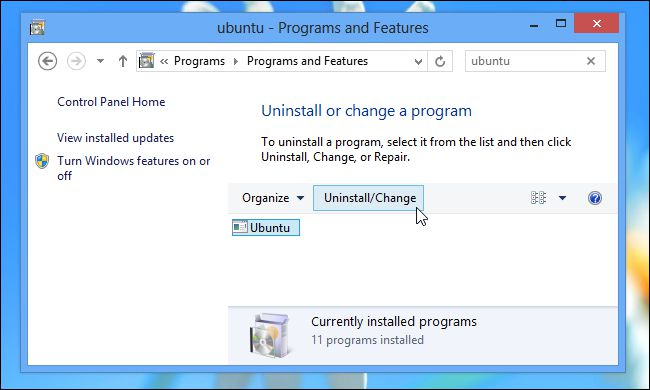
If you install Linux to its own partition
If you installed Linux to its own partition in a dual-boot configuration, uninstalling it requires deleting the Linux partition from your computer and then extending your Windows partition to use the now available hard drive space. You must also restore the Windows boot loader yourself because Linux overwrites the Windows boot loader with its own boot loader (called "GRUB"). After deleting the partition, the GRUB boot loader will not be able to boot your computer correctly.

Let's take a closer look at how to accomplish all of this.
Step 1: Delete your Linux partition
First, you need to delete the Linux partition. Start by booting into Windows. Press the Windows key, type "diskmgmt.msc" in the Start menu search box, and then press Enter to launch the disk management application.
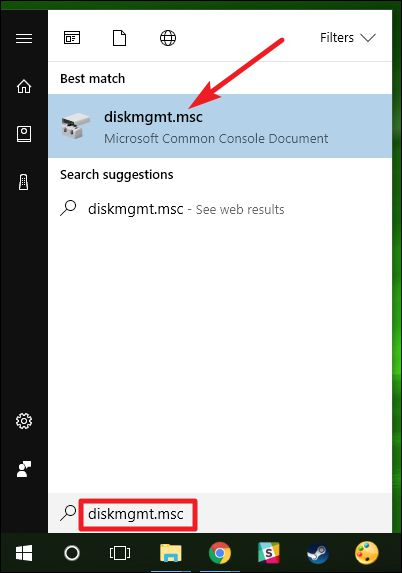
In the Disk Management application, find the Linux partitions, right-click them, and delete them. You can identify Linux partitions because they have no label under the "File System" column, whereas Windows partitions will be identified by their "NTFS" file system.
Be careful when deleting partitions here - you don't want to accidentally delete a partition that has important files on it.
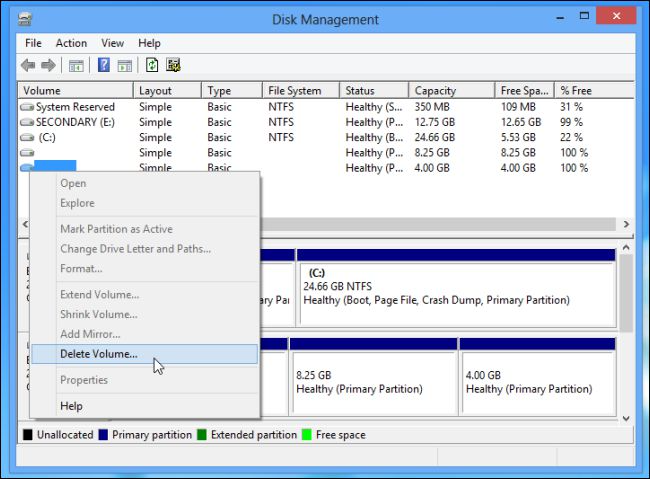
Next, find the Windows partition near the new free space, right-click it, and select Extend Volume. Extend the partition so that it takes up all available space. Any free space on the hard drive will remain unavailable until you assign it to a partition.
If you wish, you can also choose to create a new separate partition instead of extending your current Windows partition.
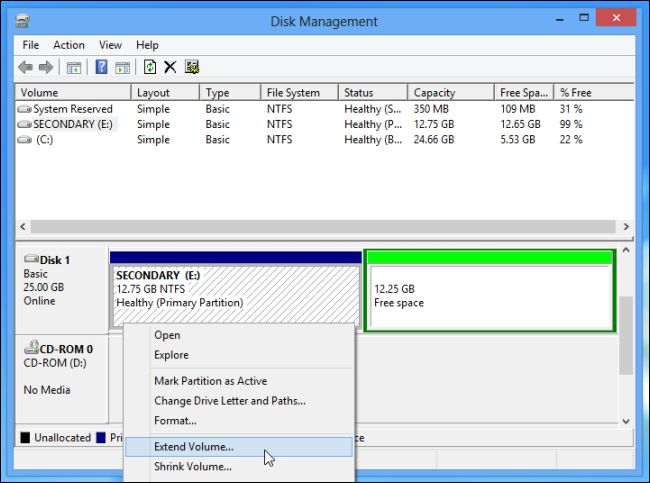
Step Two: Repair Windows Boot Loader
Linux is now removed from your computer, but its bootloader remains. We need to use the Windows installer disc to overwrite the Linux bootloader with the Windows bootloader.
If you don't have a Windows Installer CD, you can create a Windows Repair CD and use it. Follow our instructions to create a system repair disc in Windows 8 or 10 or create one in Windows 7.
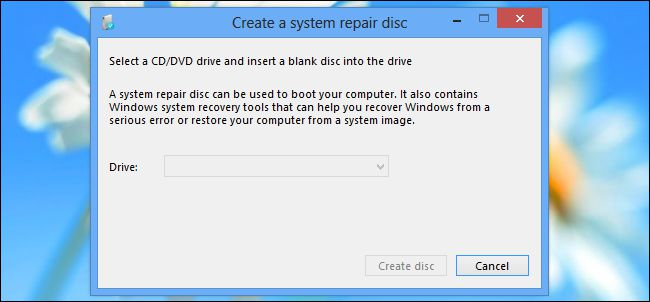
Insert the Windows Installer or recovery disc into your computer, restart your computer, and then boot from the disc. You will access the command prompt from the recovery environment. We cover Windows 10 here, but these instructions apply to Windows 8 as well. If you're using Windows 7, check out our guide to accessing the recovery command prompt using a Windows 7 disc.
After booting from the installation or recovery disc, skip the initial language screen and click the "Repair your computer" option on the main installation screen.
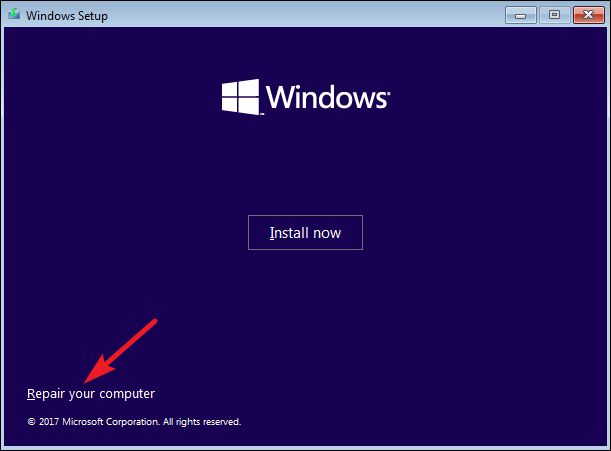
On the Select an option screen, click the Troubleshoot option.
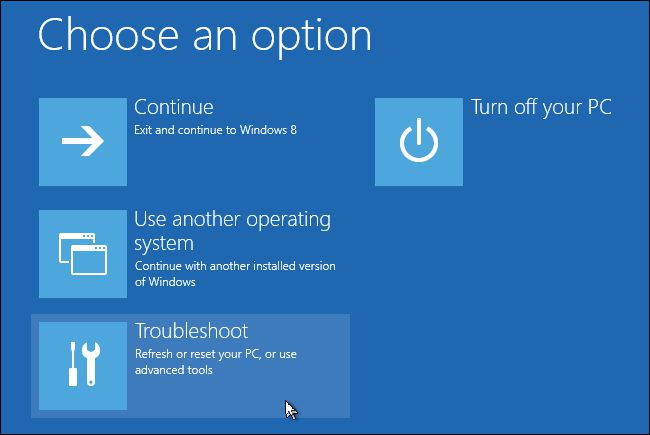
On the Advanced Options screen, click the Command Prompt option.
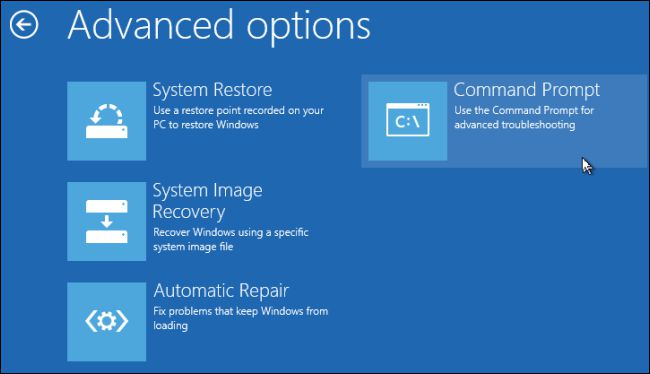
At the command prompt, type the following command and press Enter:
bootrec.exe /fixmbr
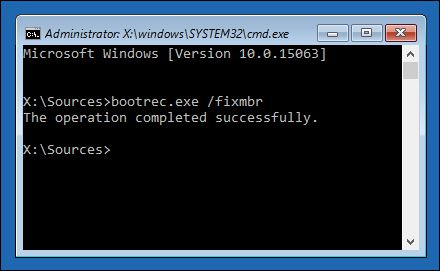
You can now restart your computer. It will boot from its hard drive, starting Windows normally. All traces of Linux should now be wiped clean.
The above is the detailed content of How to uninstall a Linux dual-boot system. For more information, please follow other related articles on the PHP Chinese website!

Hot AI Tools

Undresser.AI Undress
AI-powered app for creating realistic nude photos

AI Clothes Remover
Online AI tool for removing clothes from photos.

Undress AI Tool
Undress images for free

Clothoff.io
AI clothes remover

Video Face Swap
Swap faces in any video effortlessly with our completely free AI face swap tool!

Hot Article

Hot Tools

Notepad++7.3.1
Easy-to-use and free code editor

SublimeText3 Chinese version
Chinese version, very easy to use

Zend Studio 13.0.1
Powerful PHP integrated development environment

Dreamweaver CS6
Visual web development tools

SublimeText3 Mac version
God-level code editing software (SublimeText3)

Hot Topics
 1673
1673
 14
14
 1428
1428
 52
52
 1333
1333
 25
25
 1278
1278
 29
29
 1257
1257
 24
24
 Linux Architecture: Unveiling the 5 Basic Components
Apr 20, 2025 am 12:04 AM
Linux Architecture: Unveiling the 5 Basic Components
Apr 20, 2025 am 12:04 AM
The five basic components of the Linux system are: 1. Kernel, 2. System library, 3. System utilities, 4. Graphical user interface, 5. Applications. The kernel manages hardware resources, the system library provides precompiled functions, system utilities are used for system management, the GUI provides visual interaction, and applications use these components to implement functions.
 How to check the warehouse address of git
Apr 17, 2025 pm 01:54 PM
How to check the warehouse address of git
Apr 17, 2025 pm 01:54 PM
To view the Git repository address, perform the following steps: 1. Open the command line and navigate to the repository directory; 2. Run the "git remote -v" command; 3. View the repository name in the output and its corresponding address.
 How to run java code in notepad
Apr 16, 2025 pm 07:39 PM
How to run java code in notepad
Apr 16, 2025 pm 07:39 PM
Although Notepad cannot run Java code directly, it can be achieved by using other tools: using the command line compiler (javac) to generate a bytecode file (filename.class). Use the Java interpreter (java) to interpret bytecode, execute the code, and output the result.
 How to run sublime after writing the code
Apr 16, 2025 am 08:51 AM
How to run sublime after writing the code
Apr 16, 2025 am 08:51 AM
There are six ways to run code in Sublime: through hotkeys, menus, build systems, command lines, set default build systems, and custom build commands, and run individual files/projects by right-clicking on projects/files. The build system availability depends on the installation of Sublime Text.
 What is the main purpose of Linux?
Apr 16, 2025 am 12:19 AM
What is the main purpose of Linux?
Apr 16, 2025 am 12:19 AM
The main uses of Linux include: 1. Server operating system, 2. Embedded system, 3. Desktop operating system, 4. Development and testing environment. Linux excels in these areas, providing stability, security and efficient development tools.
 laravel installation code
Apr 18, 2025 pm 12:30 PM
laravel installation code
Apr 18, 2025 pm 12:30 PM
To install Laravel, follow these steps in sequence: Install Composer (for macOS/Linux and Windows) Install Laravel Installer Create a new project Start Service Access Application (URL: http://127.0.0.1:8000) Set up the database connection (if required)
 git software installation
Apr 17, 2025 am 11:57 AM
git software installation
Apr 17, 2025 am 11:57 AM
Installing Git software includes the following steps: Download the installation package and run the installation package to verify the installation configuration Git installation Git Bash (Windows only)
 How to set important Git configuration global properties
Apr 17, 2025 pm 12:21 PM
How to set important Git configuration global properties
Apr 17, 2025 pm 12:21 PM
There are many ways to customize a development environment, but the global Git configuration file is one that is most likely to be used for custom settings such as usernames, emails, preferred text editors, and remote branches. Here are the key things you need to know about global Git configuration files.




